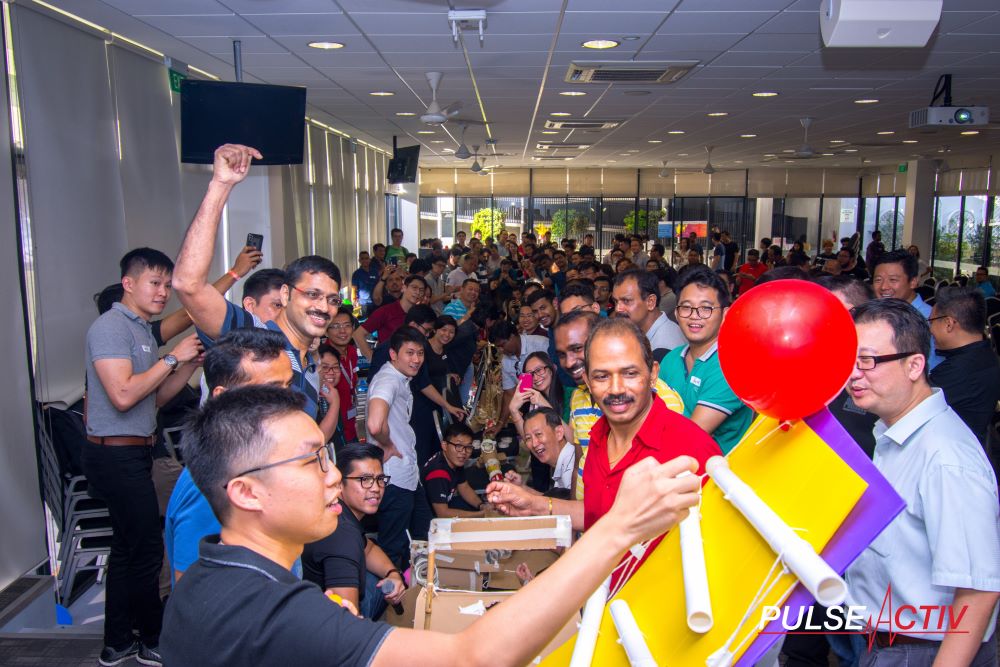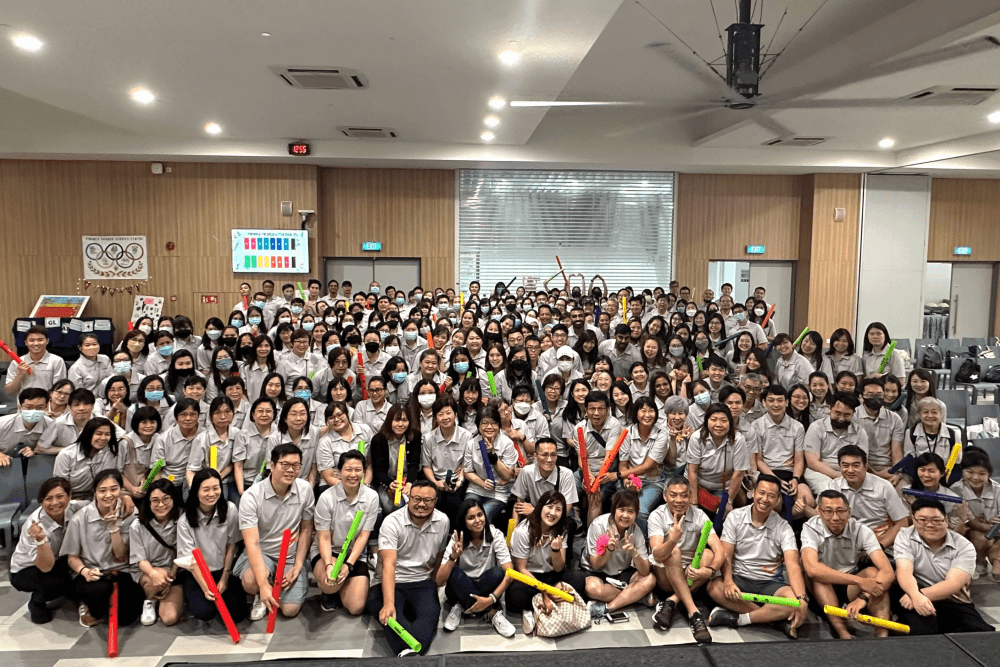Delicious Delights: Menu Planning Tips for Dinner and Dance Events
Planning a dinner and dance event can be a delightful yet challenging endeavor. The menu is a pivotal aspect of the evening, setting the tone for the entire event. Here are some essential tips to help you craft a delicious and memorable menu for your dinner and dance event.
1. Understand Your Audience
Knowing your audience is the first step in menu planning. Consider the demographics, preferences, and dietary restrictions of your guests. A diverse guest list might require a variety of options, including vegetarian, vegan, gluten-free, and allergen-free dishes. Understanding your audience ensures everyone enjoys the meal.
2. Create a Thematic Menu
Align your menu with the theme of your event. Whether it’s a glamorous Gatsby-inspired evening, a tropical luau, or a chic black-tie affair, the food should complement the overall theme. A thematic menu enhances the event’s ambiance and provides a cohesive experience for your guests.
3. Balance Flavors and Textures
A well-planned menu balances flavors and textures. Combine savory, sweet, spicy, and tangy elements to create a dynamic dining experience. Similarly, vary the textures with a mix of creamy, crunchy, and tender dishes. Balancing flavors and textures keeps your guests engaged and satisfied.
4. Offer Appetizers and Hors d’oeuvres
Start the evening with a selection of appetizers and hors d’oeuvres. These small bites set the stage for the main course and allow guests to mingle and socialize. Include a mix of hot and cold options, and ensure there are vegetarian and non-vegetarian choices. Appetizers and hors d’oeuvres are perfect for stimulating appetites and encouraging conversation.
5. Feature Seasonal and Local Ingredients
Incorporate seasonal and local ingredients into your menu for freshness and sustainability. Seasonal produce is often at its peak flavor and more affordable. Supporting local producers adds a unique touch and highlights regional specialties. Seasonal and local ingredients enhance the quality and appeal of your dishes.
6. Design an Interactive Food Station
Interactive food stations, such as a build-your-own taco bar or a pasta station, add an element of fun and customization to the event. Guests enjoy creating their own dishes and it can accommodate various dietary preferences. Interactive food stations provide entertainment and ensure everyone finds something they love.
7. Pair Food with Beverages
A well-paired beverage can elevate the dining experience. Consider offering a selection of wines, craft beers, and signature cocktails that complement your menu. Non-alcoholic options, such as mocktails and flavored waters, should also be available. Pairing food with beverages enhances flavors and adds sophistication to your event.
8. Include a Show-Stopping Dessert
End the evening on a sweet note with a show-stopping dessert. Whether it’s a decadent chocolate fondue fountain, a flambé station, or a beautifully crafted cake, dessert is a memorable finale. Consider offering a variety of small desserts for guests to sample. A show-stopping dessert leaves a lasting impression and satisfies the sweet tooth.
9. Consider Presentation and Plating
Presentation matters. Beautifully plated dishes enhance the dining experience and can make even simple foods look extraordinary. Use garnishes, colorful ingredients, and elegant plating techniques to make each dish visually appealing. Attention to presentation shows your guests that you’ve thought of every detail.
10. Plan for Smooth Service
Efficient service is crucial for a successful dinner and dance event. Ensure you have enough staff to serve the meal promptly and address any guest needs. Consider the flow of courses and the timing of the dance portions of the evening. Smooth service ensures your guests enjoy their meals without unnecessary delays.
11. Gather Feedback and Adjust
After the event, gather feedback from your guests. Understanding what worked and what didn’t can help you improve future events. Guests appreciate knowing their opinions matter, and it helps you refine your menu planning skills. Gathering feedback ensures continual improvement and guest satisfaction.
By following these tips, you can create a delicious and memorable menu that will delight your guests and enhance the overall experience of your dinner and dance event. From understanding your audience to perfecting presentation and ensuring smooth service, each detail contributes to an unforgettable evening. Happy planning!
To head back to read another article in our blog, click here.









